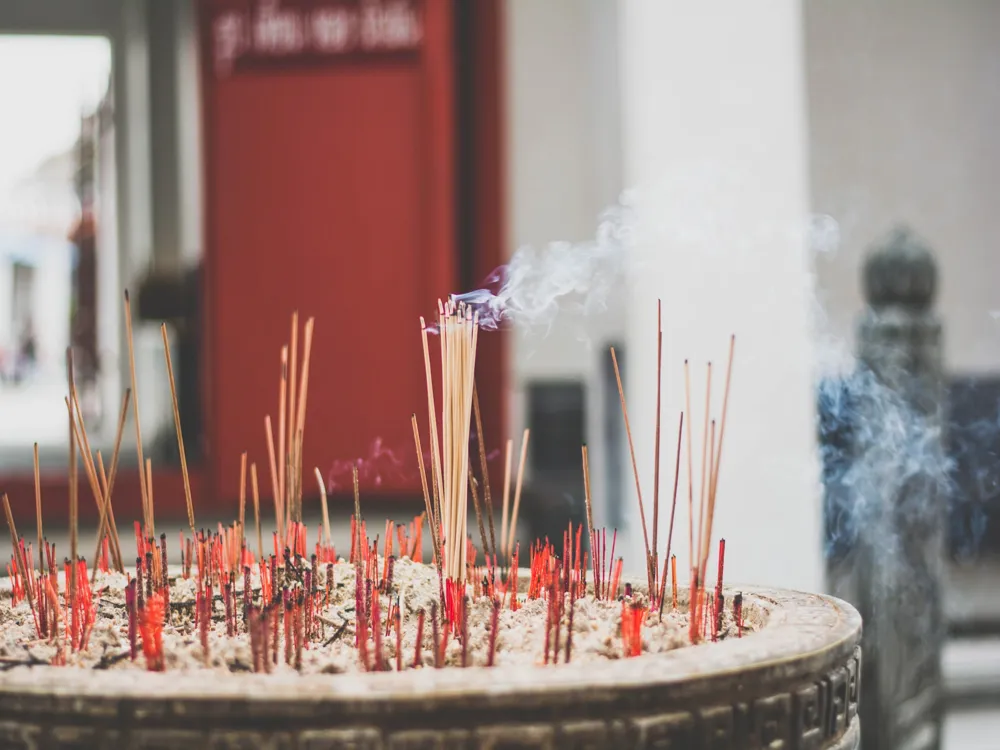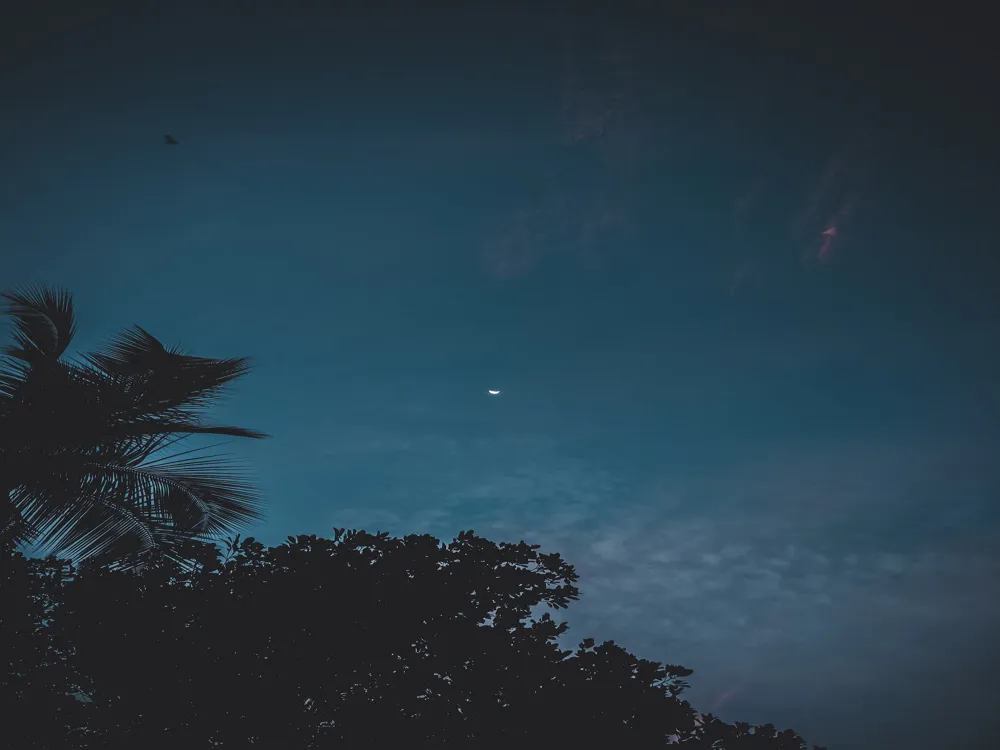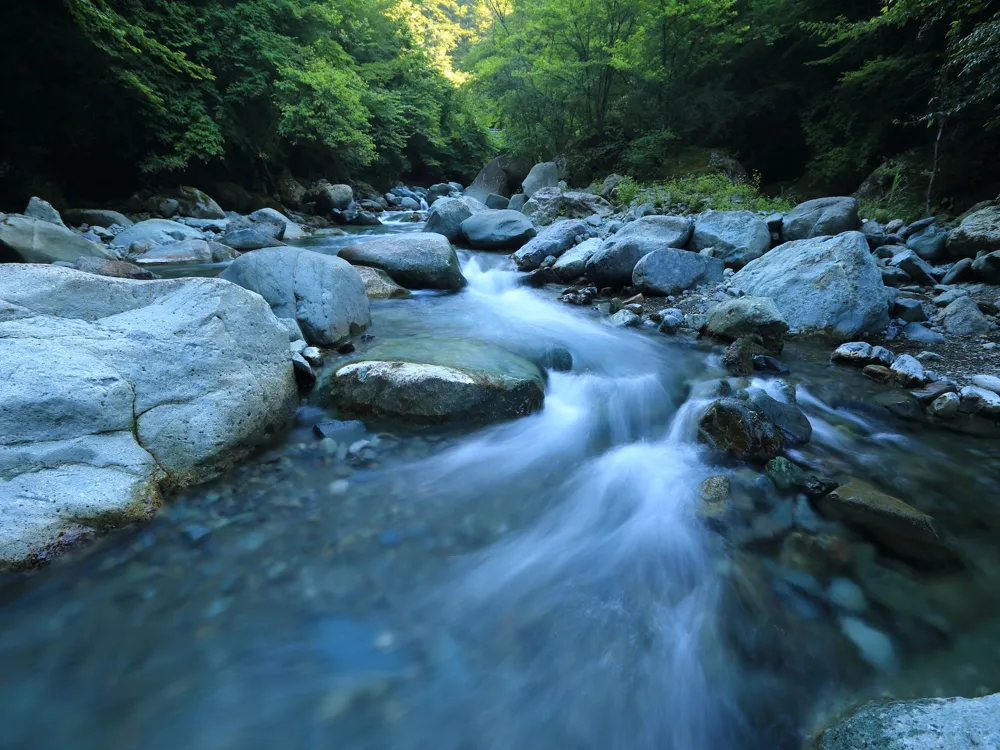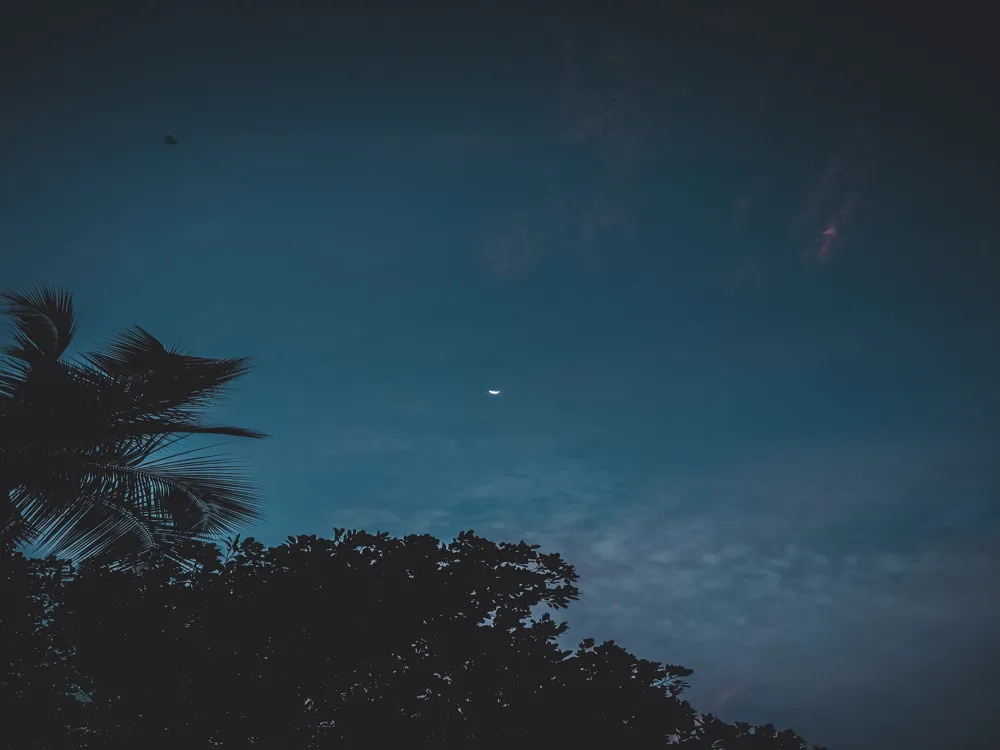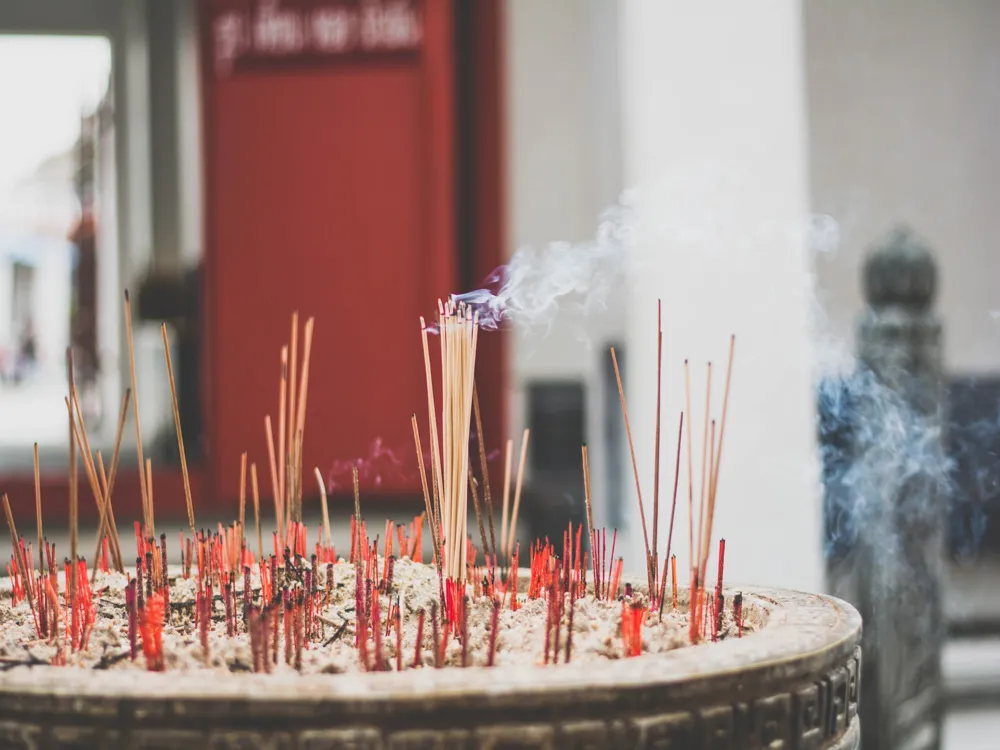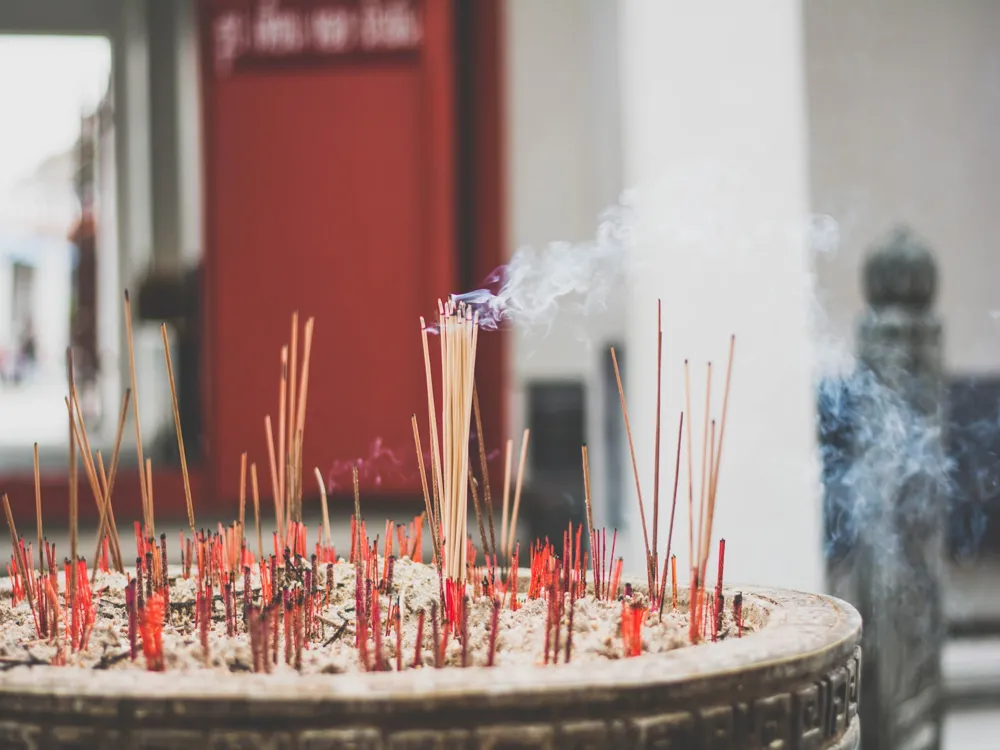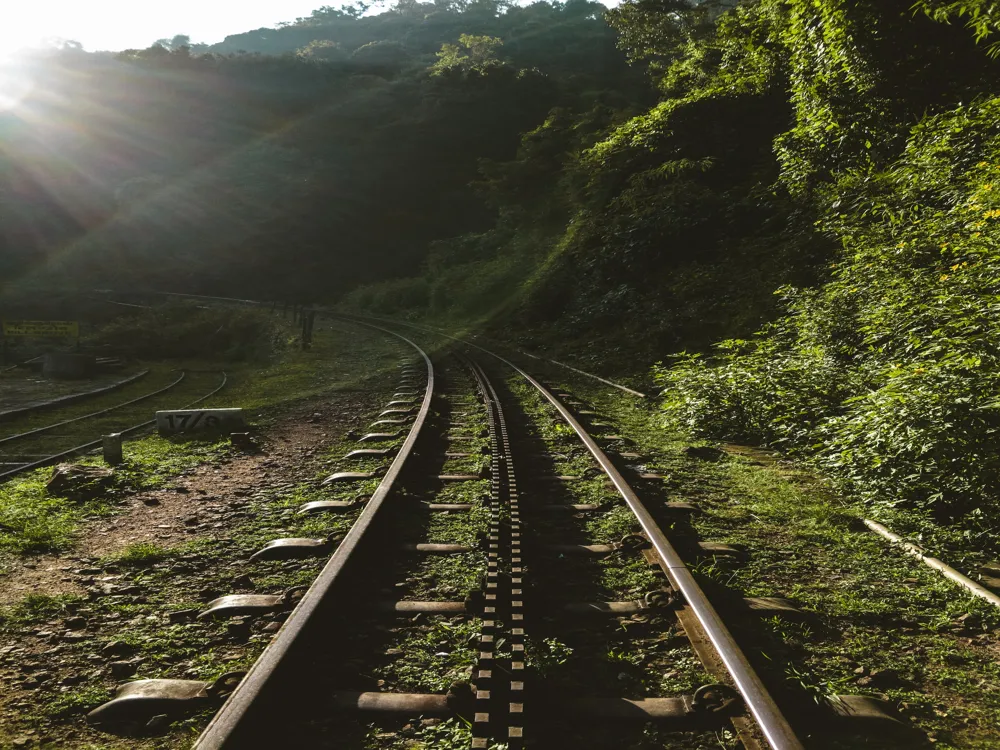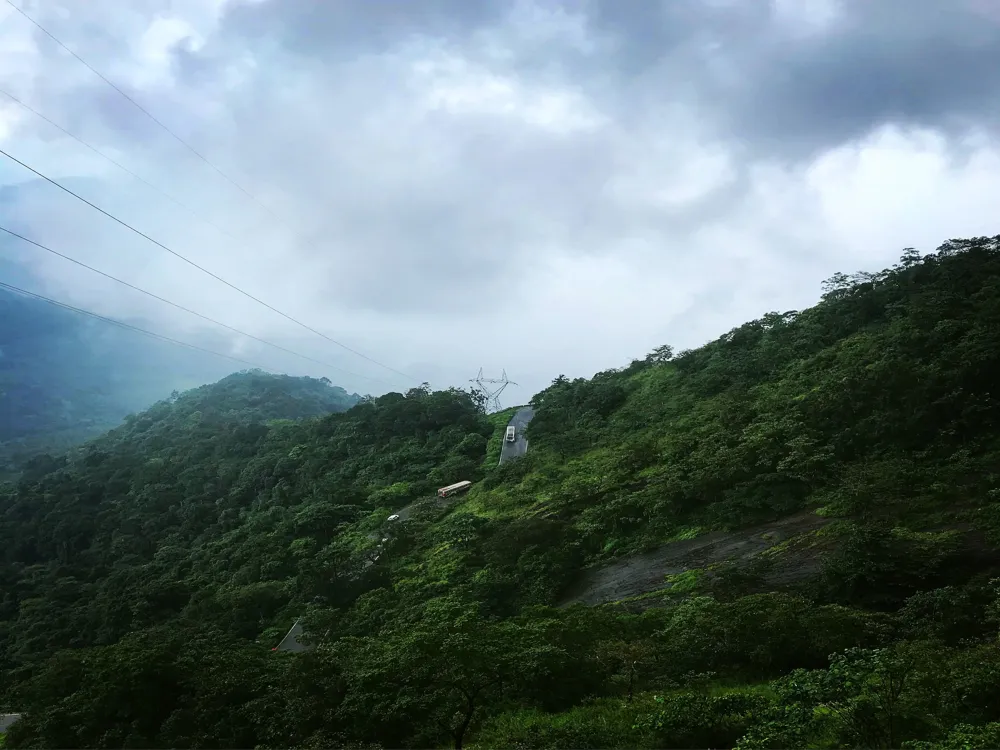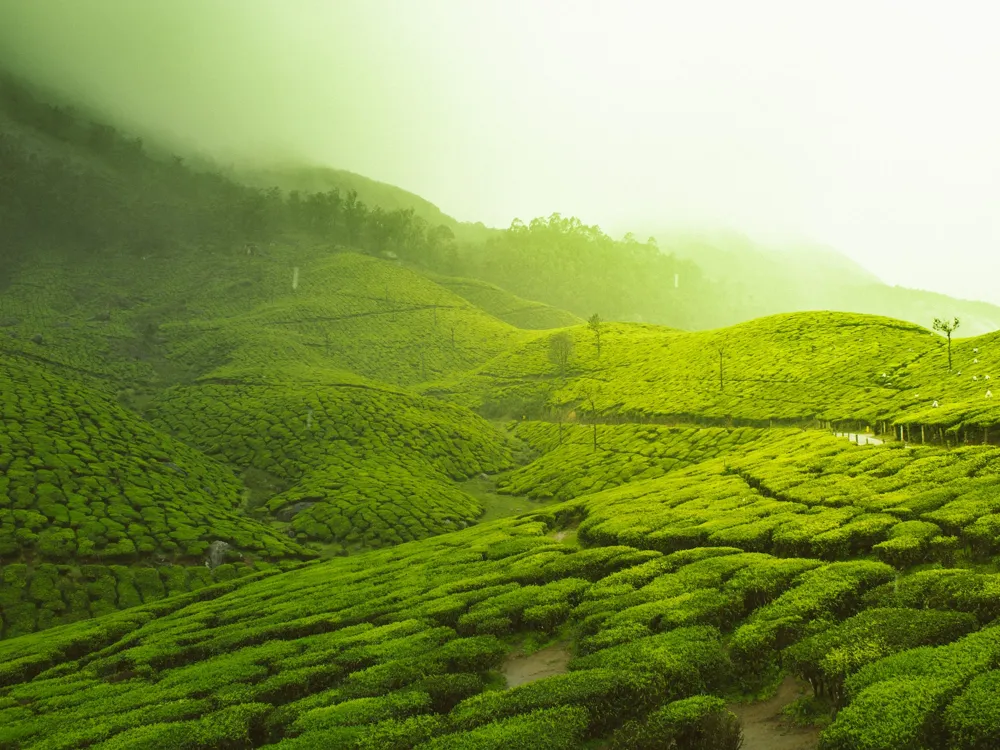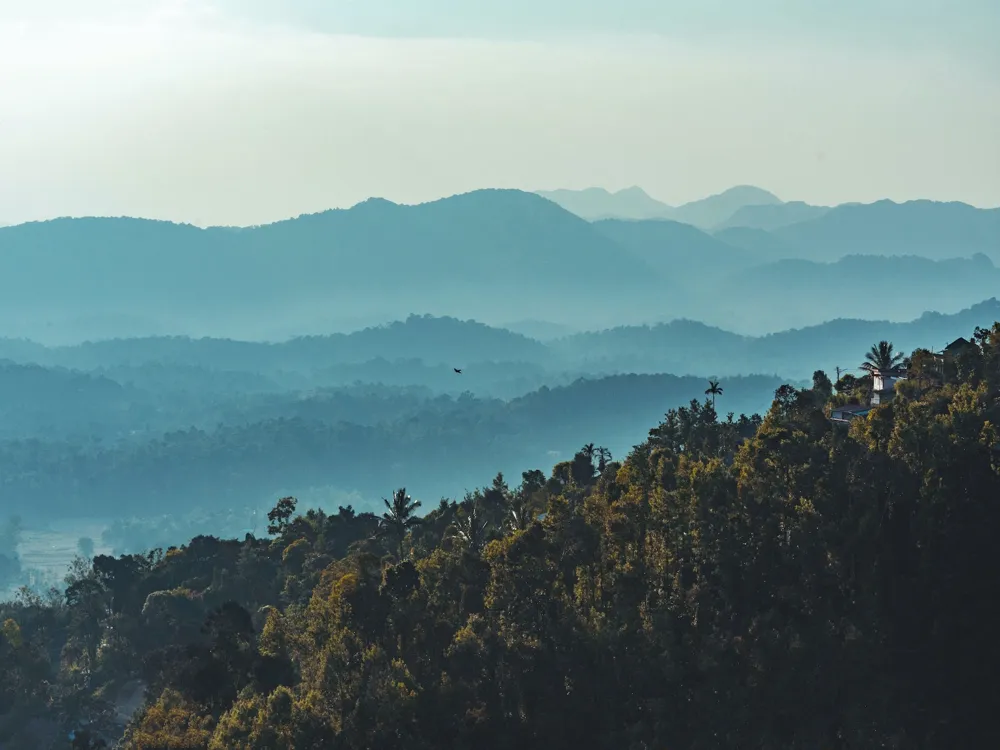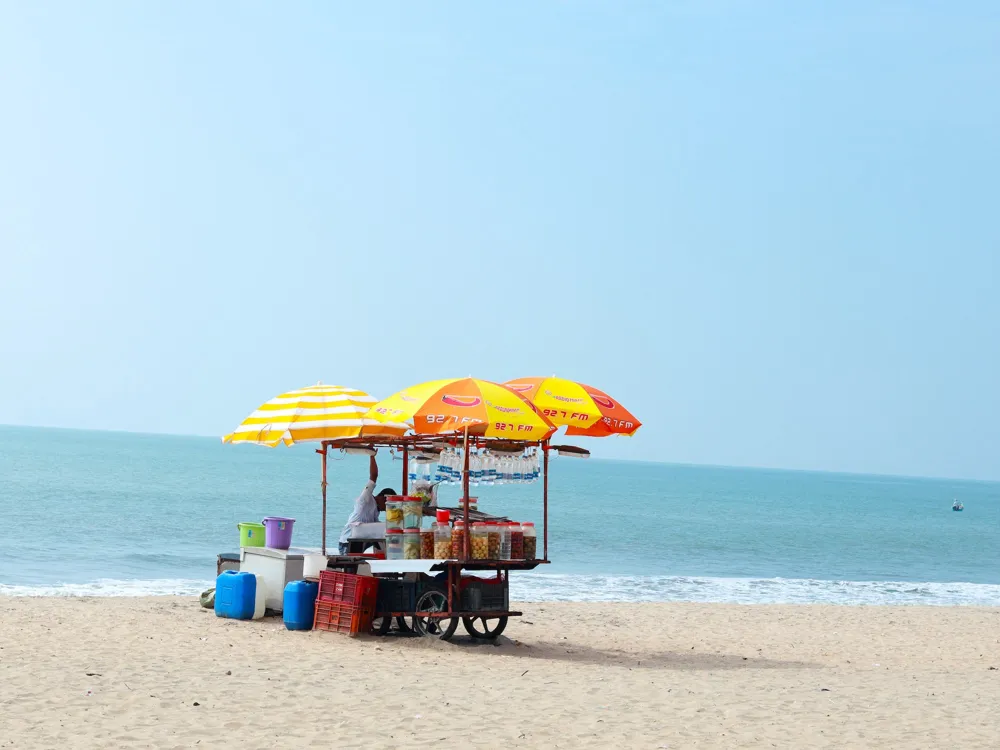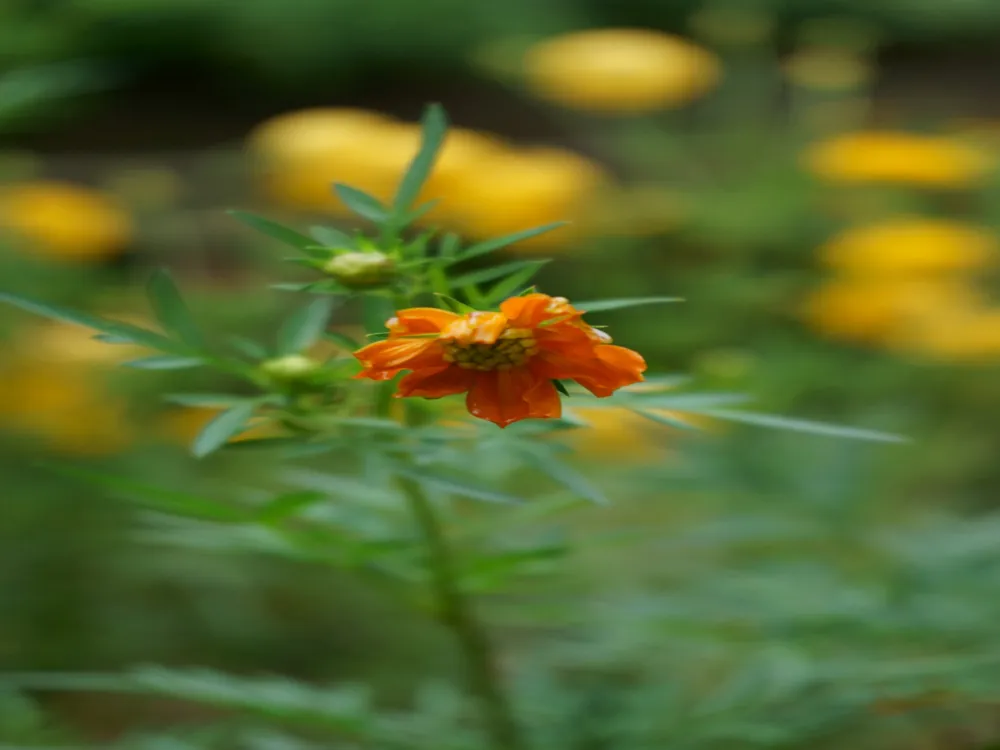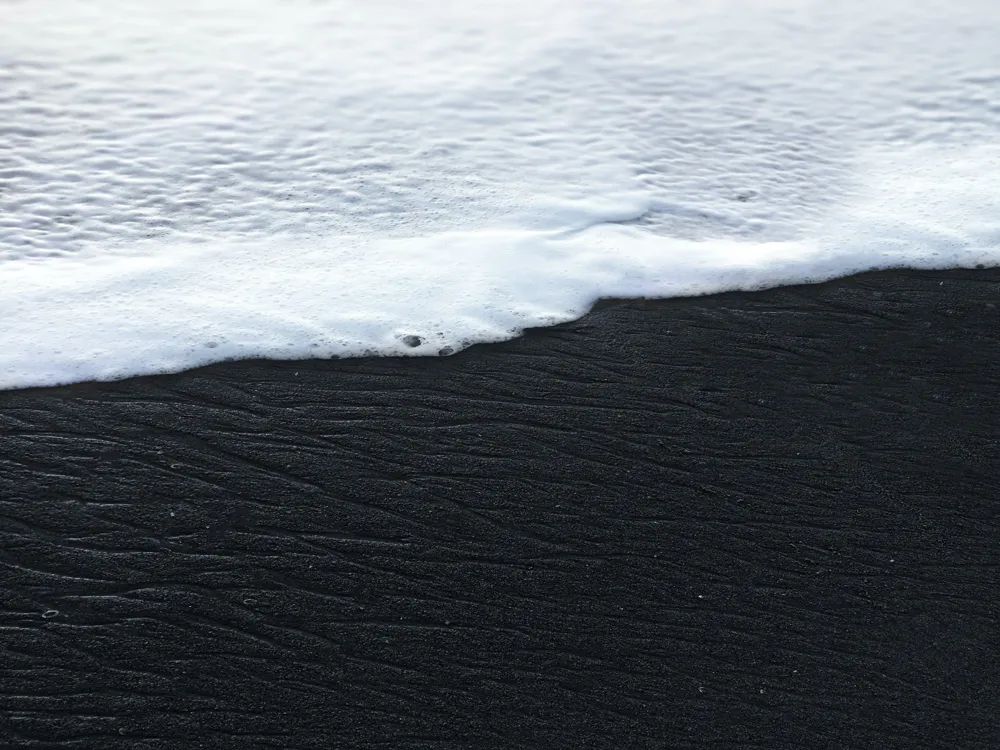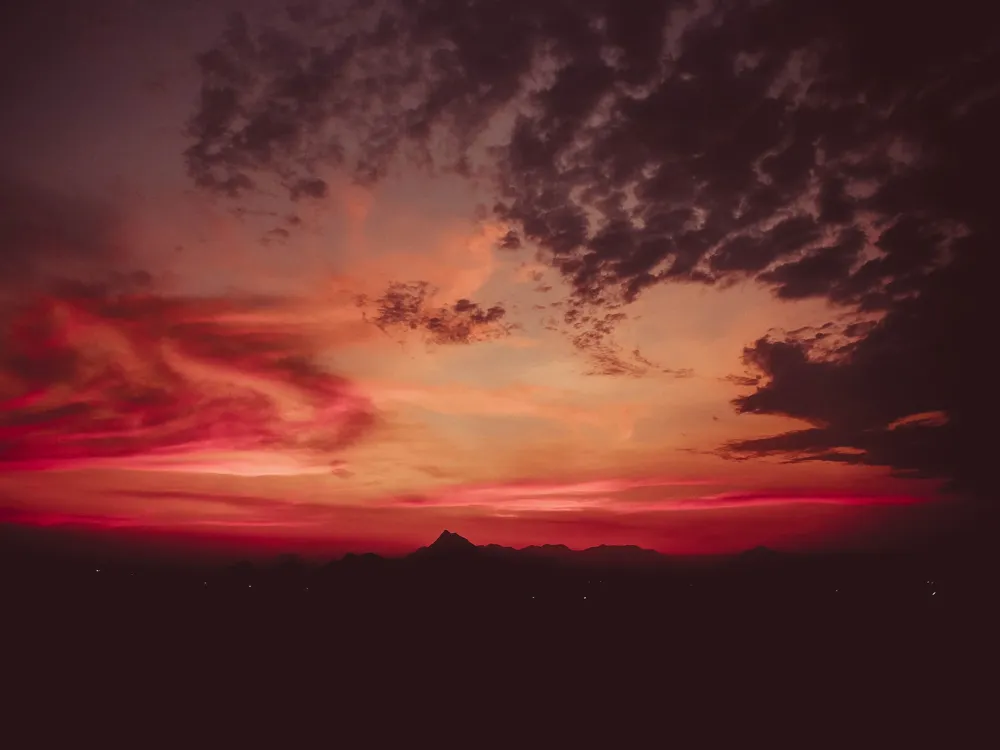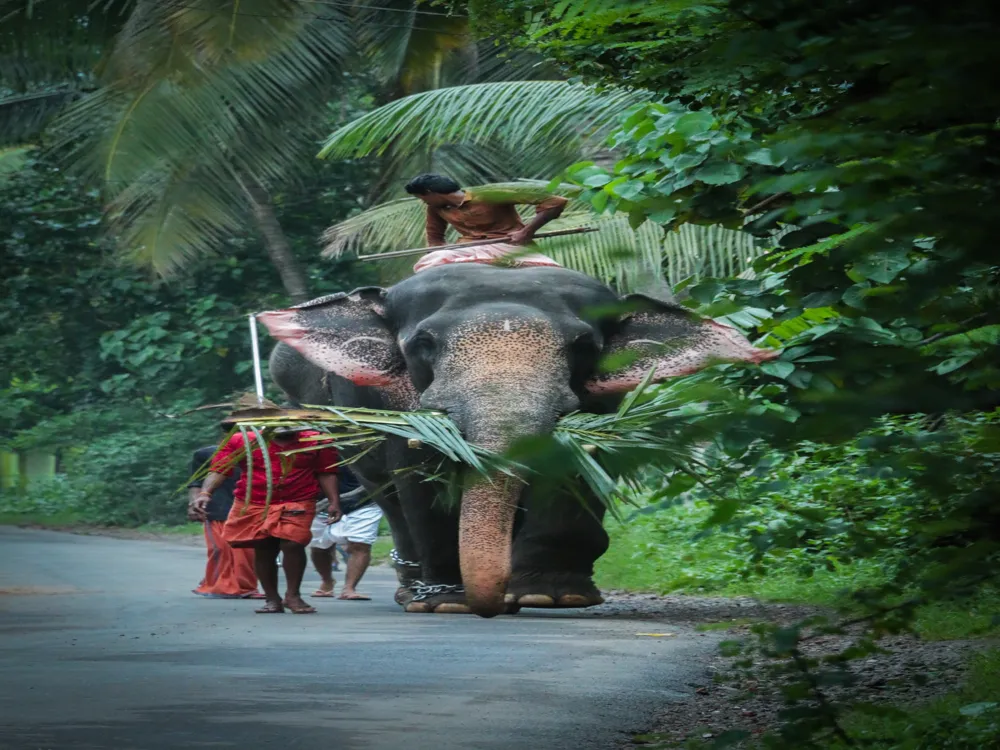Thirunavaya Lava Mukunda Temple, nestled in the heart of Malappuram, Kerala, stands as a beacon of spiritual and cultural significance. This ancient temple, steeped in history, is not just a religious site but a testament to the rich tapestry of Kerala's heritage. Dedicated to Lord Vishnu, it has been a pivotal site for Hindu devotees for centuries, drawing visitors from across the globe with its serene ambiance and divine aura. The temple's lore is as fascinating as its architecture. According to legends, the temple was consecrated by Lord Parasurama, a revered figure in Hindu mythology. It has survived the test of time, witnessing various historical epochs, and has played a crucial role in the cultural and spiritual journey of Kerala. The annual 'Mamangam' festival, once held here, was a grand event that showcased the might and cultural prowess of the region's rulers. Today, Thirunavaya Lava Mukunda Temple is not just a place of worship but a symbol of unity and peace, attracting pilgrims and tourists alike. Its serene setting by the banks of the Bharathapuzha river adds to its mystical charm, making it a perfect retreat for those seeking solace and spiritual enlightenment. The architecture of Thirunavaya Lava Mukunda Temple is a splendid example of the classic Kerala style of temple architecture, known as the 'Kerala Dravida' style. This style is characterized by its unique harmony of wood and stone, intricately carved deities, and majestic gopurams (towers). The temple complex is an architectural marvel, with its main shrine dedicated to Lord Vishnu. The sanctum sanctorum, or 'Sreekovil', is adorned with elaborate carvings and murals depicting scenes from Hindu epics. The temple's layout follows the traditional 'Vastu Shastra', an ancient Indian science of architecture and construction, ensuring a perfect balance between nature and the built environment. One of the striking features of the temple is its magnificent 'Dwajasthambam', or flag post, made of a single piece of wood and covered in copper plates. The intricate work on the 'Mandapam', or pavilion, and the 'Balikkalpura', which houses the sacrificial altar, are other exemplary features. The temple's walls and pillars are adorned with exquisite carvings, each telling a story from the lore of Lord Vishnu, capturing the essence of devotion and artistry. The use of locally sourced materials like wood, laterite, and stone in the temple's construction not only showcases the region's natural wealth but also reflects the ecological sensibility inherent in traditional Kerala architecture. The temple's design ensures ample ventilation and lighting, creating a tranquil and spiritual atmosphere within its precincts. Visitors should dress conservatively, covering shoulders and legs. Traditional Indian attire is recommended for a more immersive experience. Respect the temple customs. Remove footwear before entering the temple premises and maintain silence to preserve the sanctity of the place. While photography may be allowed in some areas, always check for signs or ask temple authorities for permission before taking photos. Participating in temple rituals can be a profound experience. However, be mindful of the rituals and follow the guidance of temple priests. Immerse yourself in the local culture. Engaging with the locals and understanding their customs can enrich your visit. Thirunavaya Lava Mukunda Temple is well-connected and easily accessible. The nearest airport is Calicut International Airport, approximately 50 kilometers away. Visitors can hire taxis or use public transport to reach the temple from the airport. For those traveling by train, the Tirur railway station, about 8 kilometers from the temple, serves as the nearest railhead. Regular bus services and auto-rickshaws are available from Tirur to Thirunavaya, offering convenient options for pilgrims and tourists. Additionally, the well-maintained roads make it feasible for visitors to drive to the temple, with ample parking space available nearby. Read MoreOverview of Thirunavaya Lava Mukunda Temple, Malappuram, Kerala
Architecture of Thirunavaya Lava Mukunda Temple
Tips When Visiting Thirunavaya Lava Mukunda Temple
Dress Appropriately
Temple Etiquette
Photography Rules
Participate in Rituals
Local Customs
How To Reach Thirunavaya Lava Mukunda Temple
Malappuram Tourism
Best Time to Visit Malappuram
How to Reach Malappuram
Things To Do Malappuram
Thirunavaya Lava Mukunda Temple
Malappuram
Kerala
NaN onwards
View malappuram Packages
Malappuram Travel Packages
View All Packages For Malappuram
Top Hotel Collections for Malappuram

Private Pool

Luxury Hotels

5-Star Hotels

Pet Friendly
Top Hotels Near Malappuram
Other Top Ranking Places In Malappuram
View All Places To Visit In malappuram
View malappuram Packages
Malappuram Travel Packages
View All Packages For Malappuram
Top Hotel Collections for Malappuram

Private Pool

Luxury Hotels

5-Star Hotels

Pet Friendly







